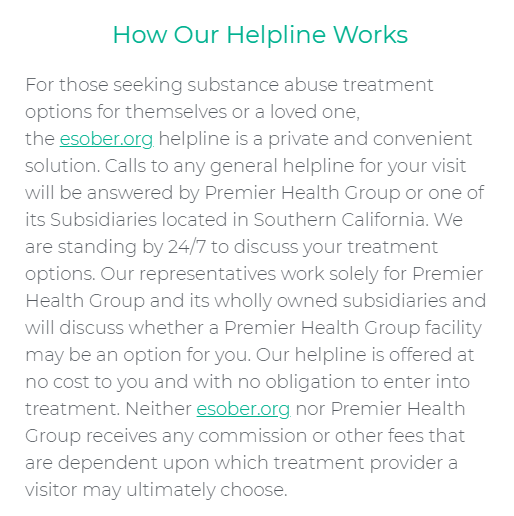What is a Halfway House?
A halfway house serves as a bridge between an individual’s life during treatment and their return to society. It’s a structured environment that supports those in recovery from addiction or transitioning from incarceration. The primary aim of these houses is to provide residents with the skills, support, and structure needed to reintegrate successfully into society.
The Role of Halfway Houses in Recovery
The Support System
At its core, a halfway house is more than just a place to stay. It’s a community where individuals can find peer support and accountability. Residents often share similar experiences and challenges, which fosters a sense of understanding and camaraderie. This environment encourages personal growth and mutual support, which are crucial for long-term recovery.
Structured Living
Living in a halfway house comes with rules and responsibilities. These can include curfews, mandatory participation in group meetings, and sometimes employment or volunteer requirements. This structure helps residents develop discipline, establish routines, and gain a sense of normalcy, which are essential for reintegration into everyday life.
Skill Development
Halfway houses also focus on skill development, including financial literacy, job training, and education opportunities. These programs are designed to equip residents with the necessary tools to build a stable and independent life post-recovery.
Benefits of Halfway Houses
Reduced Risk of Relapse
One of the significant benefits of halfway houses is their role in reducing the risk of relapse. The transitional phase from treatment to everyday life is critical, and the structured support provided by halfway houses can significantly impact one’s recovery journey.
Community Connection
The sense of community in halfway houses promotes a network of support that extends beyond their walls. Connecting with others who have shared similar paths can enhance the feeling of belonging and purpose, vital for emotional and psychological health.
A Stepping Stone to Independence
By offering a balanced blend of support and independence, halfway houses enable residents to slowly adapt to life outside of treatment or incarceration. This gradual transition is vital for building confidence and self-sufficiency.

Choosing the Right Halfway House
Selecting an appropriate halfway house is crucial. Considerations should include the location, the types of programs offered, the staff’s qualifications, and the overall environment. It’s important to find a place where the individual feels safe and supported on their journey toward recovery.
For those seeking more detailed information on halfway houses and their benefits, the National Institute of Health (NIH) provides extensive resources and research findings that can offer additional insights.
Moving Forward
Recovery is a journey, and it’s essential to have the right support system in place. If you or a loved one are dealing with substance recovery, consider reaching out to organizations like Alternative Addiction. They offer guidance, support, and resources tailored to those navigating the path to recovery.
Halfway houses play a vital role in the recovery process, offering a blend of support, structure, and community. By providing a bridge between treatment and full reintegration into society, these environments can significantly impact the success of one’s recovery journey. Remember, taking the step to seek out a halfway house is a move toward independence, healing, and a brighter future.




